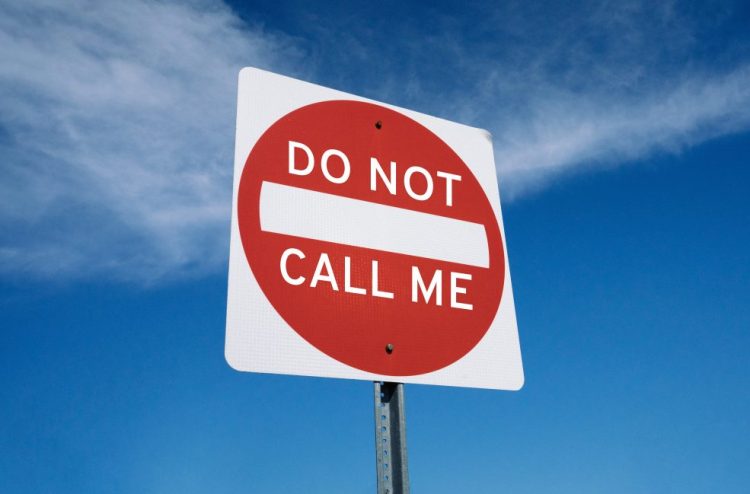If there is one thing that unites Americans, it’s a hatred of unwanted phone calls. But despite the efforts of regulators and law enforcement, those calls are interrupting us more than ever. The spammers and scammers always find a way through, as the technology making the calls remains a step ahead of the technology to block them.
But for the sake of sanity – and many people’s finances – we need to catch up to the companies and criminals that can reach out and bother us from anywhere.
That’s the sticky issue. Anyone with a computer, an internet connection and some cheap software can send out millions of calls at a time. And they can reach you even if you are on the Do Not Call Registry or take other measures to hide your phone number.
Regulators have laid down heavy fines to companies that violate the registry to sell you goods and services, but that hasn’t slowed anyone down. Americans received 30.5 billion of these robocalls last year – 98 million a day – and officials expect a 33 percent increase this year.
And it’s not just legitimate vacation timeshares and debt reduction services that these calls are selling. Nearly half of all unwanted calls are estimated to be fraudulent, as the callers use a variety of schemes to gain access to people’s private information, amounting to $9.5 billion in fraud annually.
Unfortunately, many of these calls can hide their origin – a technique known as “spoofing” – and what’s more, many of them come from outside the country through fly-by-night operations, making enforcement difficult.
In response, the Federal Communications Commission last year gave telephone service providers the authority to block calls they identified as spoofed. But the spoofers remain one step ahead, now with the ability to spoof numbers using the receiver’s area code and exchange, making it appear the call is local when it just may be a Nigerian prince.
To pick out the scammers from the legitimate calls, the providers must continually monitor call patterns and upgrade their technology. Thirty-four attorneys general have signed a letter asking the FCC to allow and encourage providers to do just that, and the FCC should comply. Service providers need all available tools to tackle this growing problem.
Mainers have it better than most. According to the YouMail Robocall Index, Maine ranked 43rd in volume of calls last month. But that was still good for 9.8 million robocalls, not counting political messages. And they are increasing in volume here just as everywhere else – YouMail counted 7.47 million calls in August and 5.93 million in April.
Our aging population is also vulnerable to the kind of scams that use robocalls. In fact, seniors are often targeted.
Scammers shouldn’t so easily be able to reach into our homes and our personal lives. They’re often successful, though, so they’ll keep trying. And when they call, we need to have an answer.
Send questions/comments to the editors.



Comments are no longer available on this story